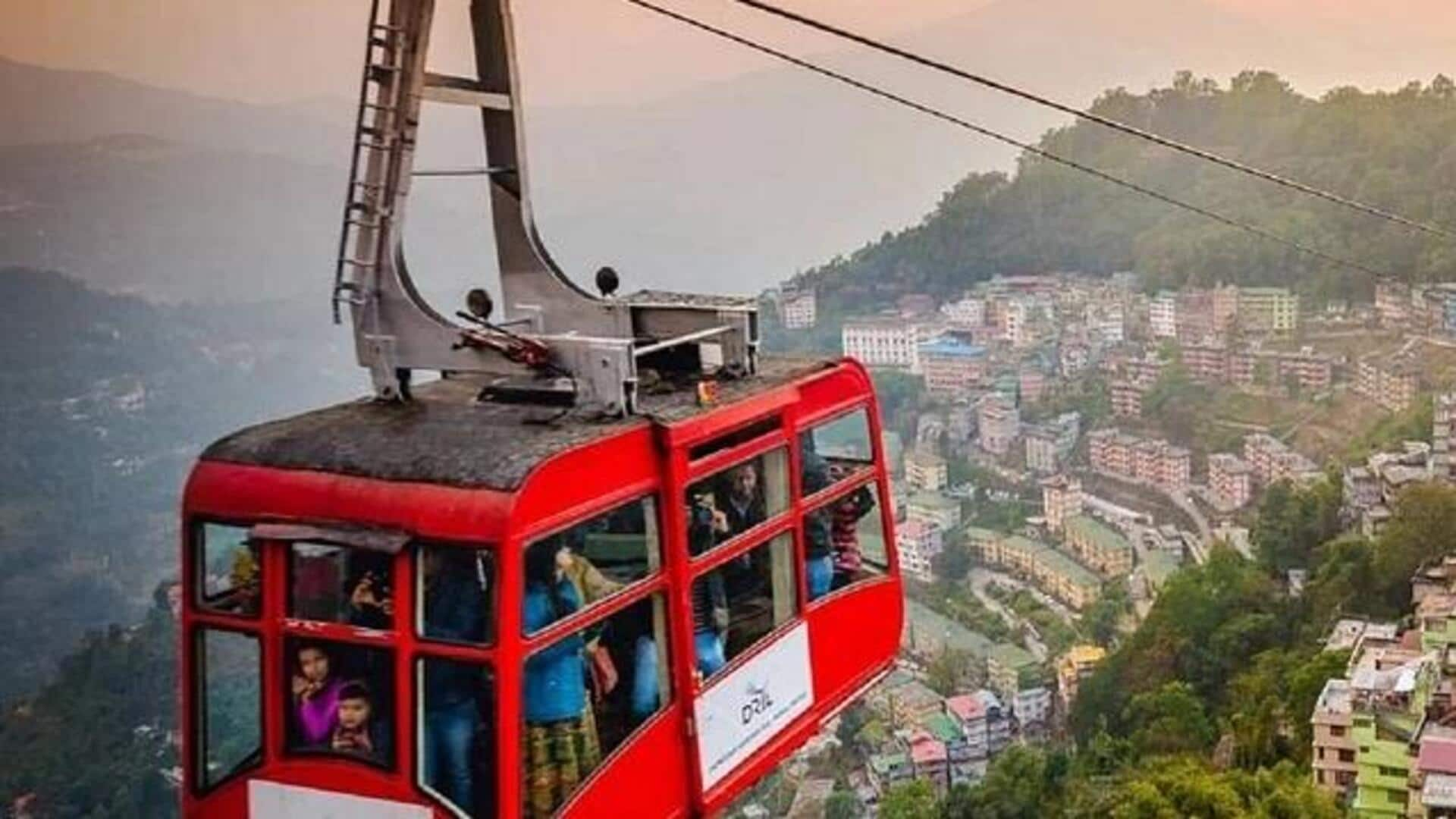Daily Passenger Capacity
The new ropeway system is projected to significantly enhance the pilgrim experience by accommodating a substantial daily capacity. It's been designed to transport
up to 18,000 pilgrims each day, ensuring efficient and convenient access to the sacred site. This high capacity aims to alleviate congestion and reduce waiting times, making the journey to Kedarnath more manageable and enjoyable for the large number of devotees who visit the temple annually. By facilitating easier and faster access, the ropeway enhances the pilgrimage experience.
Journey Time Reduction
One of the most significant advantages of the new ropeway is the considerable reduction in travel time. Previously, the journey between Sonprayag and Kedarnath took approximately 8 to 9 hours, involving challenging terrain and often unpredictable weather conditions. The implementation of the ropeway drastically cuts this travel time to just 36 minutes. This dramatic decrease not only saves valuable time for pilgrims but also minimizes their exposure to harsh environmental conditions. It also allows for a more comfortable and accessible journey to the holy site.
Project Cost Overview
The provided text does not specify the cost. The development and implementation of the 12.9-km ropeway connecting Sonprayag to Kedarnath involve financial investments. The project's specific financial details aren't detailed. However, the project's economic aspects are critical for assessing its viability, including the initial investment, operational expenses, and potential revenue generation. This ensures a sustainable and impactful experience for the pilgrims.
Ropeway Benefits Examined
The introduction of the ropeway offers a multitude of benefits to pilgrims, including time savings, comfort, and accessibility. The shortened journey time enables devotees to reach Kedarnath quickly, saving precious time and energy. It also enhances accessibility for individuals with mobility issues or those unable to undertake long treks. The ropeway promises a safer and more comfortable travel experience compared to the previous methods. By reducing travel time and physical exertion, it enhances the overall pilgrimage experience, making the holy site accessible.









